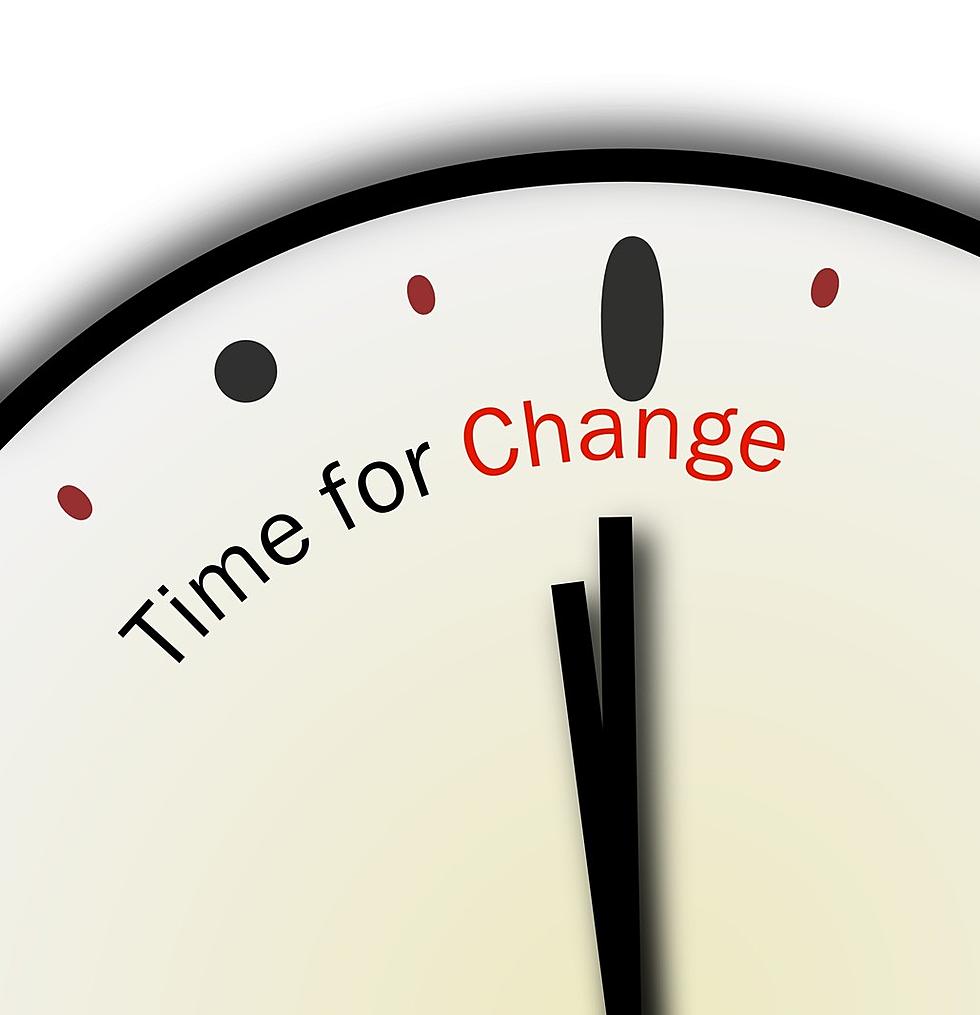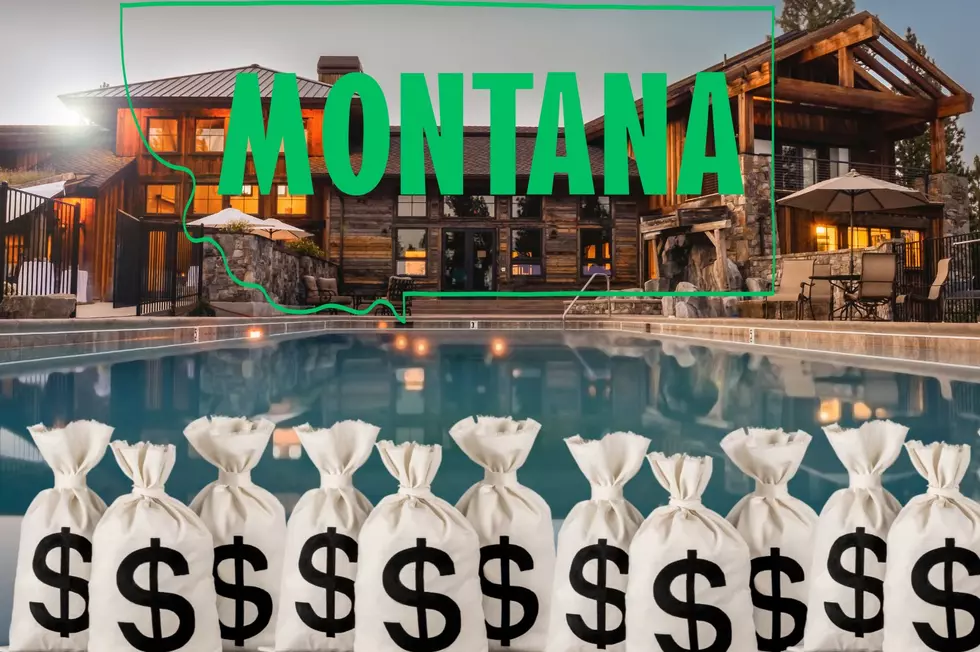
Can Montana Join Other States Who’ve Already Gotten Rid Of This?
The past weekend was Daylight Savings, and since it's Spring, we of course 'spring forward which means we lose an hour. I have a question for everyone reading this, am I the only one in Montana that is ready to say goodbye to this whole twice a year thing and just keep the time the same all year round?
Apparently not.
According to a recent poll, only 1 out of 4 Americans want to keep the whole switching the times twice a year. That's right, 75 percent of the country would like to "pick a lane" and just stay in it. So, what's the hold-up? If the majority of the folks out there are ready to move away from the two times a year change, what are we waiting for?
Turns out, we tried it before and some folks didn't like it all that much.
Between 1974 and 1975 President Richard Nixon decided to go ahead and put in permanent Daylight Savings and parents complained when their kids were coming going to school in the dark, and after a little less than a year and a half, we went back to the twice a year system.
There are over a dozen states that have decided to say so long to the twice-a-year Daylight Savings, and there are almost 30 additional states (including Montana) that have legislation in the work to get rid of it. As far as Montana goes, the bill put forward was signed into law back in 2021, but there is a bit of a catch. In order for Montana to go full-year daylight savings time, a few of our neighbors have to get on board as well.
According to the bill, three of the following states would have to go to full-time Daylight Savings for Montana to follow. Those states include Idaho, North Dakota, South Dakota, Utah, and Wyoming.
So where do you stand? Are you ready to get rid of the two times a year change? Make sure and vote in our poll below:
MORE: Some of the Memes & Tweets That Have Made Us Laugh (and Maybe Think)
READ ON: See the States Where People Live the Longest
More From 100.7 KXLB









